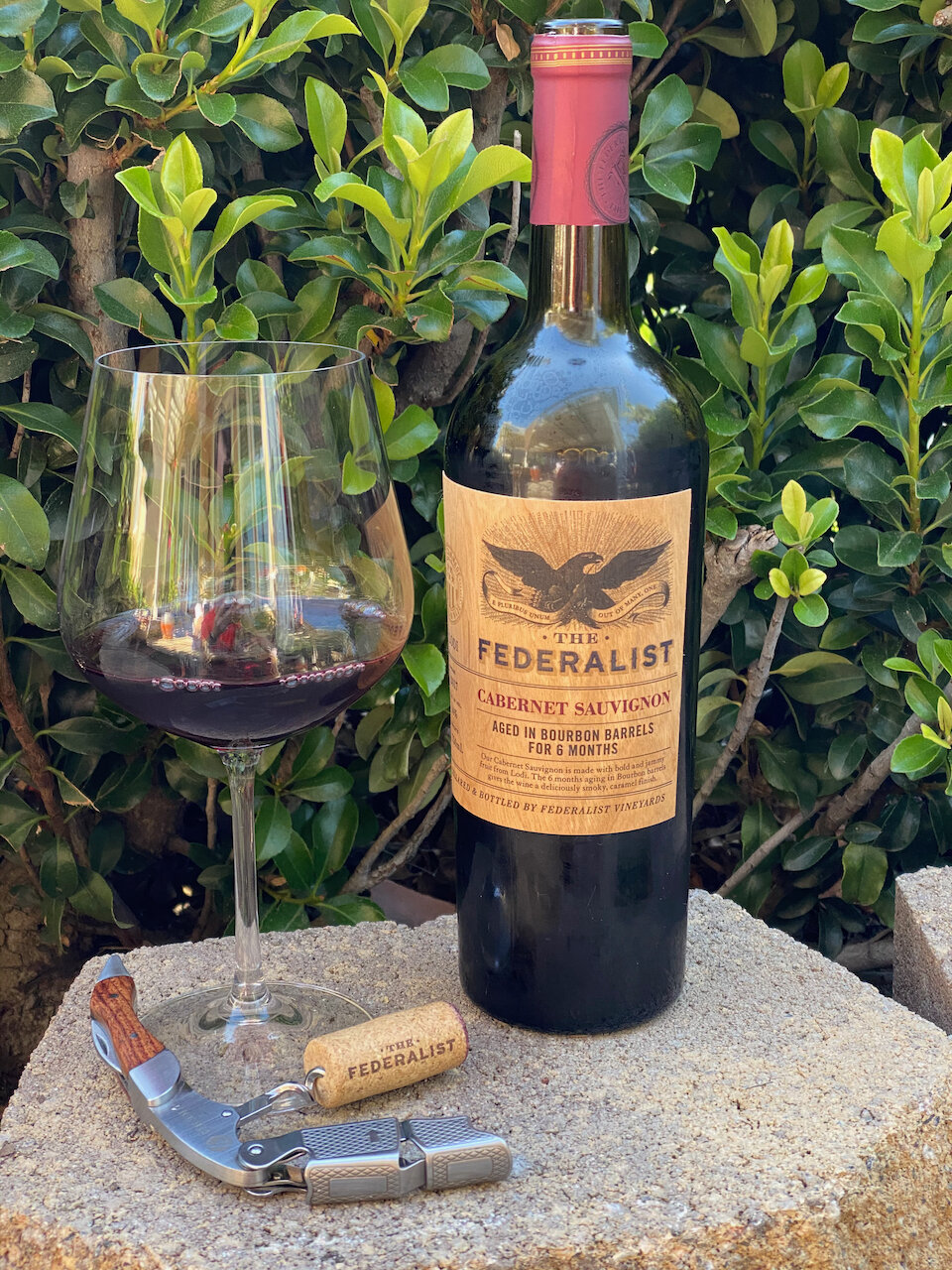2016 Bodegas LAN Crianza
This Bodegas LAN Crianza is from Spain’s famous Rioja region that is best known for its Tempranillo that is a full-bodied wine that is typically high in tannin.
The winery’s name LAN represents the initials of the DOCa provinces Logroño (which today is Rioja), Álava and Navarra.
This LAN Crianza is produced from 95% Tempranillo and 5% Mazuelo that were selected from 10 to 20-year-old vines.
The de-stemmed grapes were lightly crushed and fermented in stainless steel tanks. Maceration occurred in contact with the grape skins for 15 days along with pumping the juice over the cap of grape skins daily for develop maximum color and aromatic extraction.
This Bodegas LAN Rioja wine is labeled as “Crianza.” One of the translations of the word “Crianza” is ‘aging.’ And, indeed, this style of Rioja is required to be aged for one year in oak. This LAN Crianza was aged for 14 months in combined American and French oak barrels followed by 9 months of rounding in the bottle prior to release.
On the nose this wine has notes of black cherry and plum along with floral notes and spice. On the palate it’s fully-bodied with big dark fruit flavors, mild acidity and highly tannic.
Chill this one to 60-64 degrees F and give it plenty of time in a decanter to help soften the tannins. Then, enjoy this big red LAN Rioja with pasta, pizza, poultry, or grilled red meat. Cheers!
Disclosure of Wine Sample Submission: I received this sample at no cost for review. The opinions expressed are entirely my own.
Sample Provided by Stefanie Schwalb, Gregory+Vine




